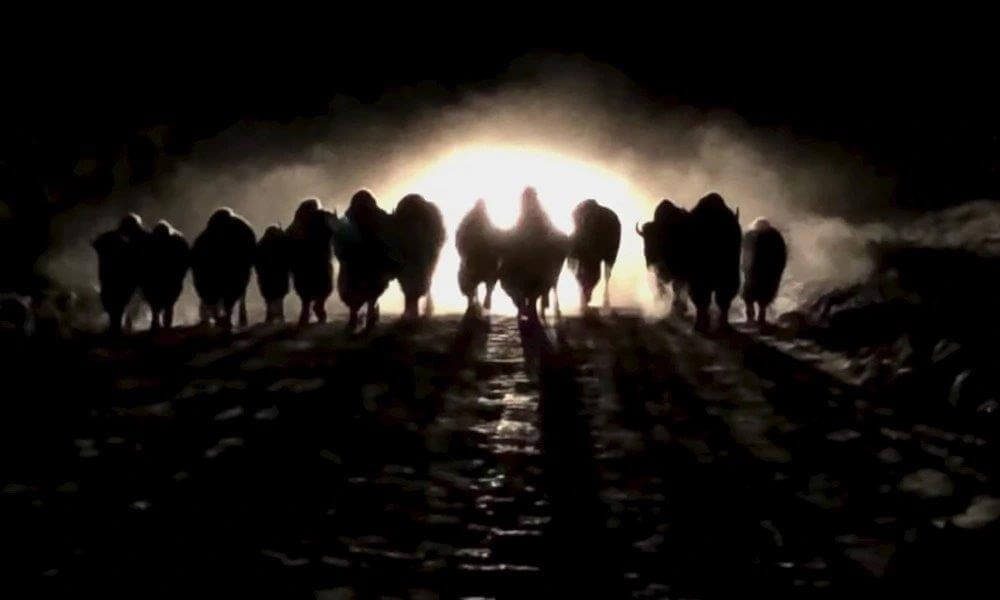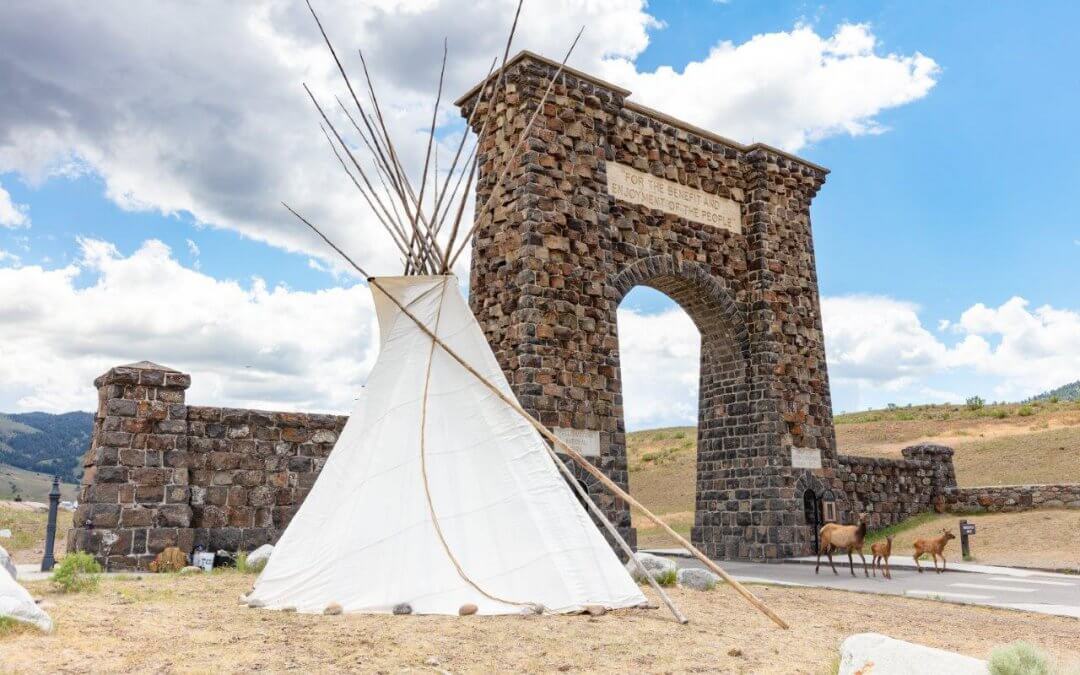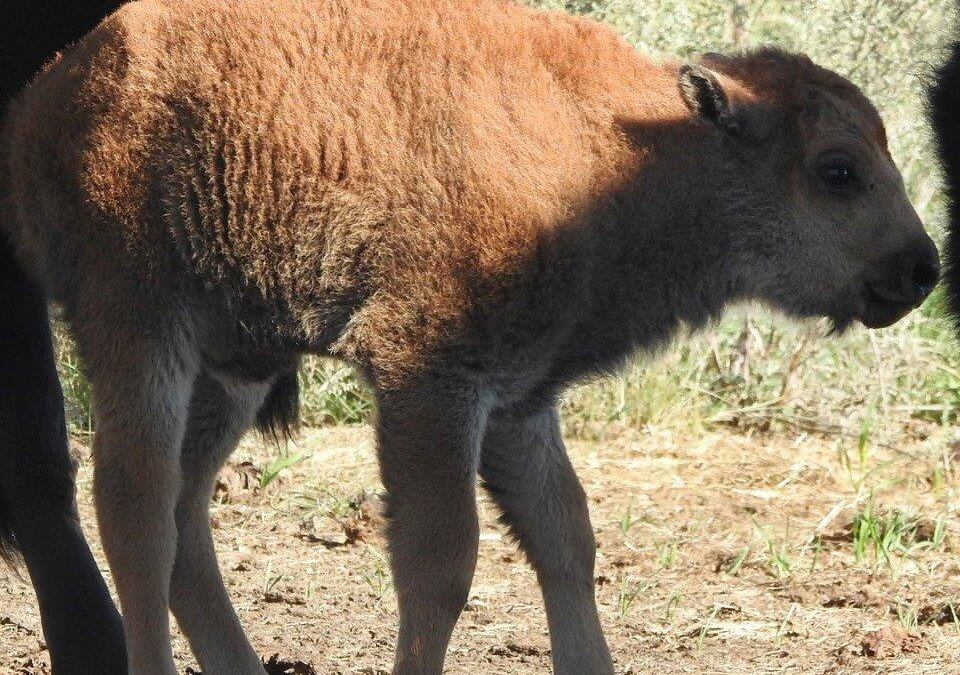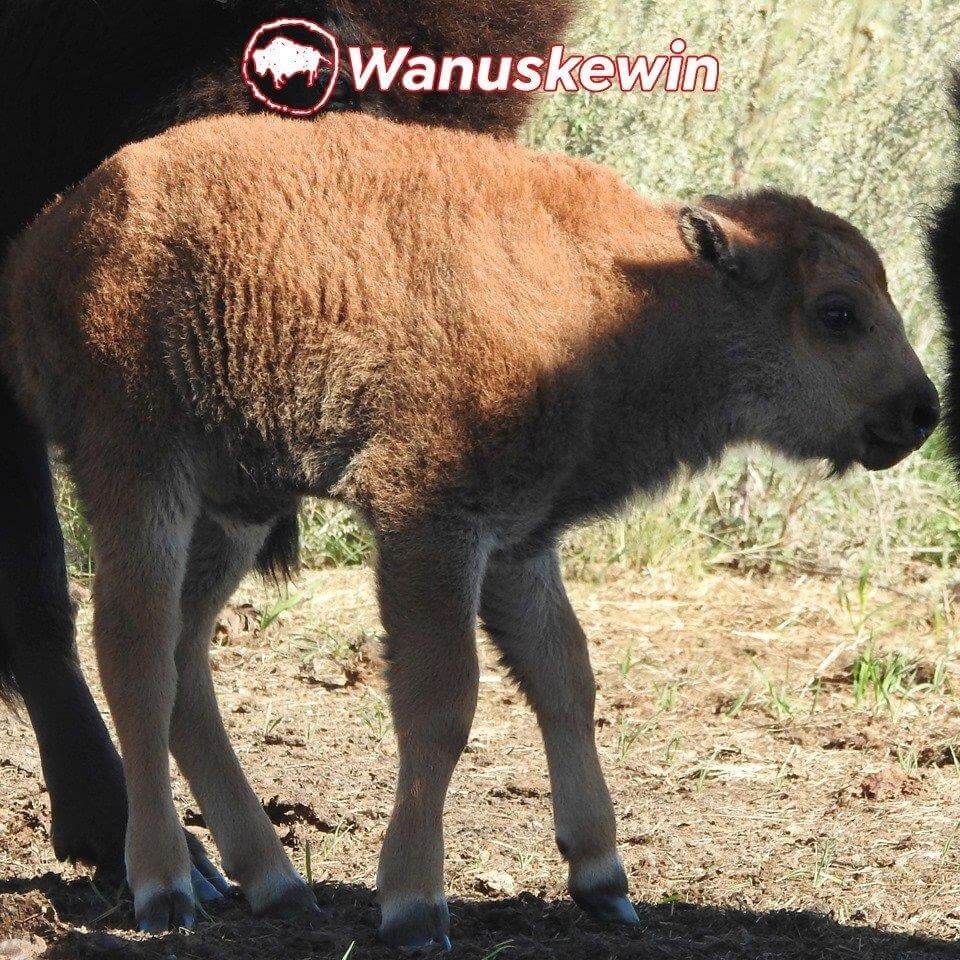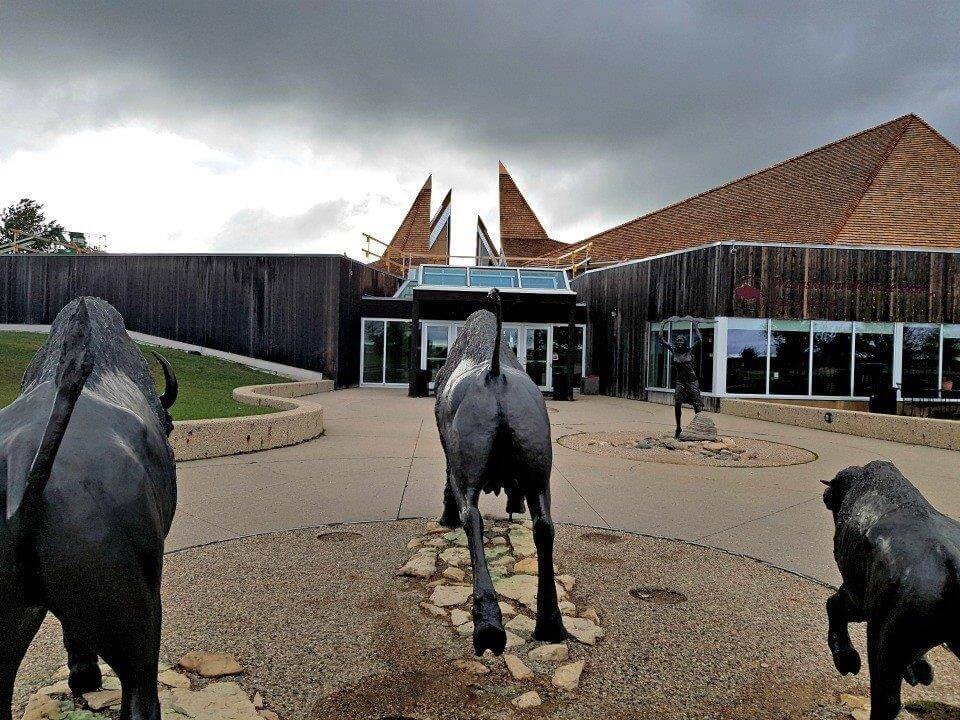Bison Processors Eligible for Meat Processing Assistance Grant
Facilities that process bison as a nonamenable species under the Agricultural Marketing Act will be eligible to apply for funding under USDA’s $150 Meat and Poultry processing Expansion Grant Program announced in February.
Officials from USDA’s Rural Development Agency clarified that issue during a webinar providing an overview of the grant program.
The clarification came as welcome news for the bison sector because the Request for Proposals announced in February stated that the funds were being made available for facilities that were approved under the Federal meat Inspection Act and the Federal Poultry Inspection Act.
As a nonamenable species, bison are processed under the Agricultural marketing Act.
The allowance for bison to be eligible for funding is contained in the definitions of the grant proposal. The grants are being made available for meat processing facilities, and the RFP defines meat as, “Species amenable to USDA inspection including cattle, sheep, swine, goats, Siluriformes (catfish), and equine.
Also, nonamenable species eligible for voluntary inspection including exotic species as described in 9 CFR part 352 and rabbit as described in 9 CFR part 354.” (Underline added)
The funding being made available during this initial phase are intended for projects that are in the “late-stages” of development,” according to the Rural Development. Processors can submit proposals up to $25 million, or 20 percent of the total project cost, whichever amount is less. Applications are due by April 8th.
Information on applying for funding is available:.
(USDA announcement)

Francie M Berg
Author of the Buffalo Tales &Trails blog
